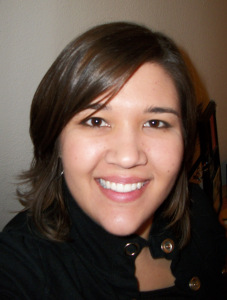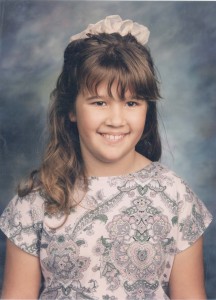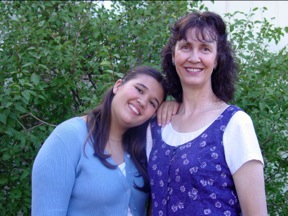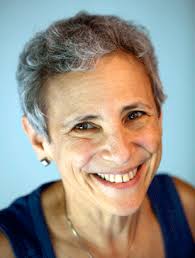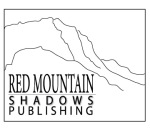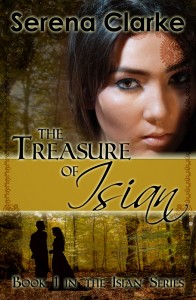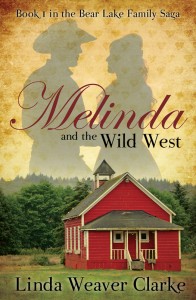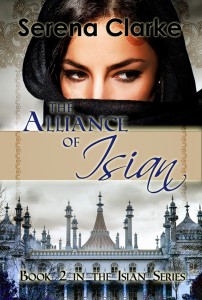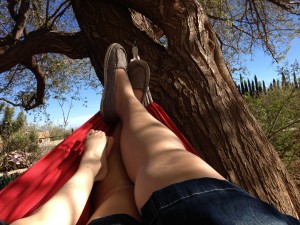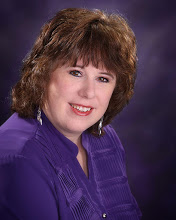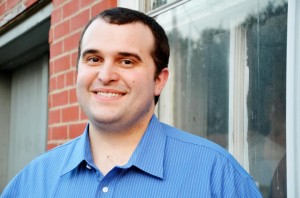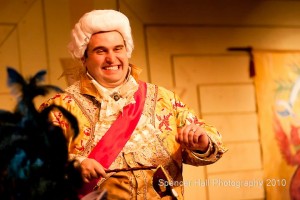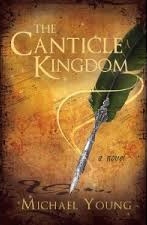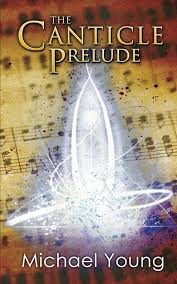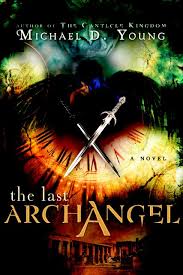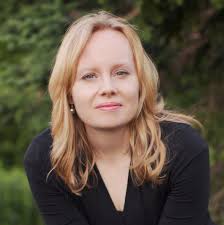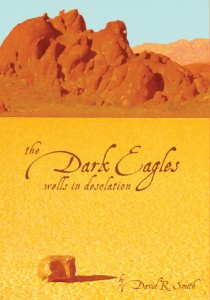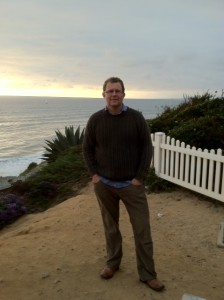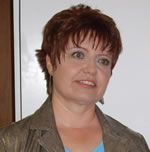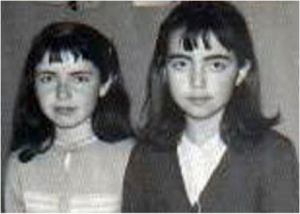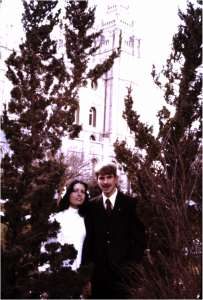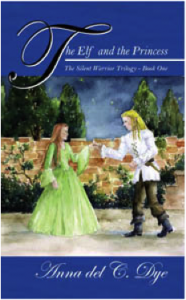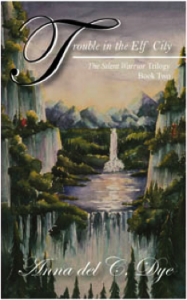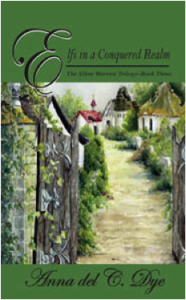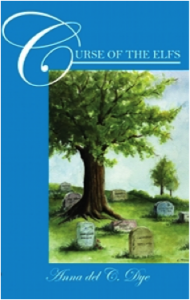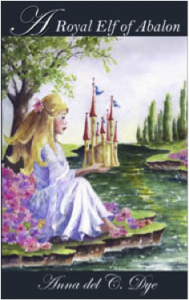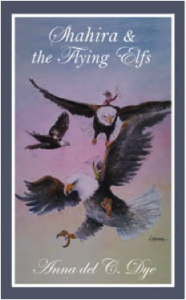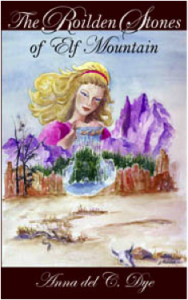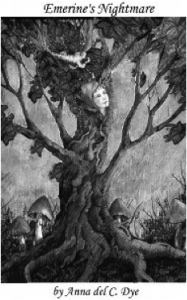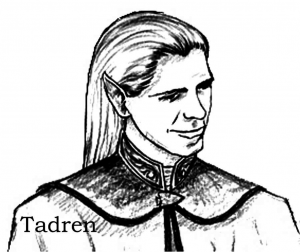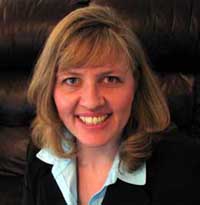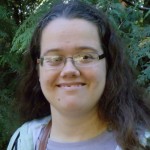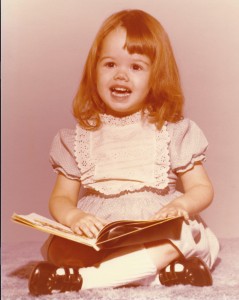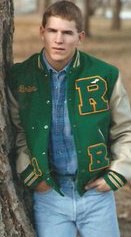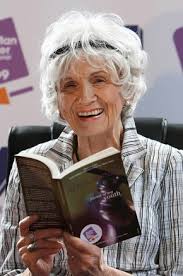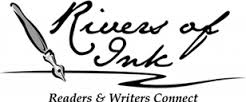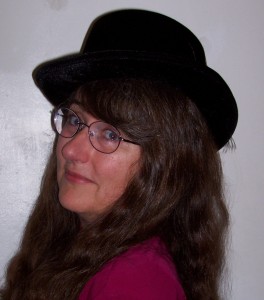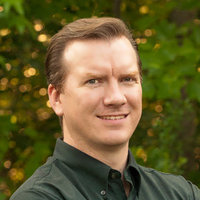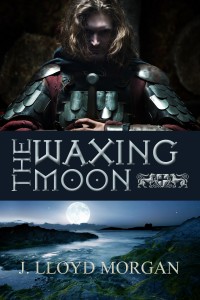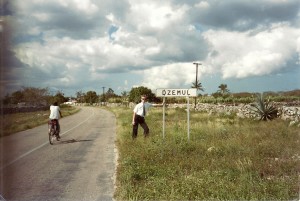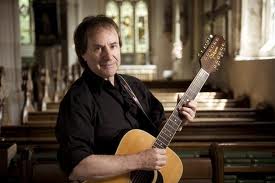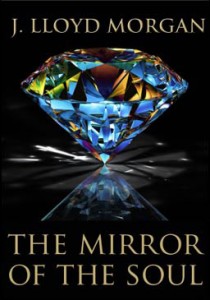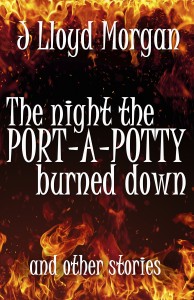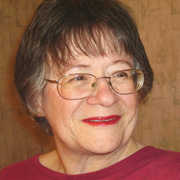Tami Franklin, better known to her readers as T.M. Franklin, writes stories with a liberal sprinkling of romance, mystery, adventure, and a touch of magic. She hovers between fantasy and contemporary fiction, between full-length novels (even series) and short stories. Let’s see what we can learn about the mysterious T.M., shall we?
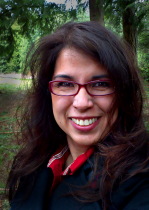 ME: Please describe your childhood, where you grew up, and your first memorable encounters with fiction. (And I’d love a picture of you as a child, with or without your family.)
ME: Please describe your childhood, where you grew up, and your first memorable encounters with fiction. (And I’d love a picture of you as a child, with or without your family.)
TAMI: I was born in Seattle, WA and grew up in Washington state, with a brief foray into California. I lived with my parents and younger sister, who never ceased to drive me insane. (Isn’t that what families are for? To test our social limits?)
I was always a voracious reader as a child – some particular favorites included What the Witch Left, by Ruth Crewe and Ozma of Oz, by L. Frank Baum, among many others. (Aha! The early fantasy influence) I loved stories with a little bit of mystery to them – a little magic that had you wondering, “What if that happened to me?” I guess that explains why I now write those kinds of stories.
(Exactly!) (Tami as a little girl…hasn’t changed much, has she?)
(Tami as a little girl…hasn’t changed much, has she?)
ME: Who among your family or acquaintances first encouraged you to pursue writing?
TAMI: Although my family has been quite supportive, it was an online community of writers and readers that first really encouraged my fiction writing. In fact, it was a friend online who initially recommended me to what is now my publisher.
(Now that’s a first among all I’ve interviewed thus far. Others have talked about their writing groups, but Tami found hers online. A writer’s own group of colleagues, online or in person, can really make a difference!)
ME: What was your first childhood ambition and what led you to broadcast journalism (a major I also pursued in college)?
TAMI: Well, I wanted to be a princess when I was a little girl, but eventually learned that was probably an impossible goal.
Initially, when I went to college, it was with the intention of studying pre-med. My first college chemistry class cured me of that goal, however. (Not surprised.) I took a journalism class to fulfill a basic requirement and decided that was the road I’d like to take.
ME: Please summarize your career in television and share how that experience has helped you in your fictional endeavors. (I’d love a picture of you with your Emmy Awards.)
TAMI: I worked for nine years in TV news, as both a newscast producer and what’s called a “special projects” producer, which means I put together special reports and series for ratings periods and special broadcasts. I had semi-moved into a management position as a senior producer of the morning newscast when I decided to leave the newsroom behind when my son was born.
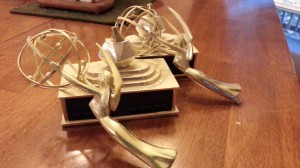 (Her sad broken Emmys…fragile, but still powerful)
(Her sad broken Emmys…fragile, but still powerful)
I find that the writing style I developed for television – shorter, conversational sentences with minimal filler and no “flowery” language – has definitely impacted my fictional style as well, I tend to write how I speak.
ME: Tell us a bit about your first “unsuccessful” novel. What led you to write it and how did you come to the realization that it wasn’t good enough?
TAMI: It’s still on my computer! It was about a TV news producer (go figure) who found out the apparent suicide of a software billionaire wasn’t quite what it seemed. I queried it unsuccessfully to a few agents and it was one of those agents who encouraged me to keep writing and hone my skills.
That novel was set aside and I started something new – and since have written quite a few other stories – and it was only after going back and looking at it that I really understood why it didn’t make the cut. I might go back to it at some point and try to clean it up. It’s just hard to make time for it when I have so many other stories running around in my mind.
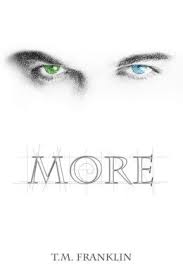 ME: Please share the story of how you came to write your first published novel, MORE, and include a bit about the storyline.
ME: Please share the story of how you came to write your first published novel, MORE, and include a bit about the storyline.
TAMI: I started writing MORE as part of the National Novel Writing Month challenge. For those who aren’t familiar with NaNoWriMo – it’s a challenge to write 50,000 words during the month of November. I decided I wanted to try to write another novel during November of 2011.
(Good for you. I’m such a slow writer that I’ve never had the guts to try NaNoWriMo.)
I knew I wanted to write about something with ties to myths and legends, so I started thinking about what if some of those legendary creatures were real? What if they lived today? If they were around, why wouldn’t we see them? Where would they be and what would they be like? That was the initial inspiration for the First Race in MORE. Then I thought, what if their survival depended on secrecy, and a normal girl found out about them? What if they saw her as a threat?
(As any good journalist knows, all it takes is asking the right questions to get you hooked into a great story.)
From there, I put together a rough outline and started writing MORE on November 1, 2011. I made my 50,000 words during that month and finished up the novel in early 2012.
(Congratulations!)
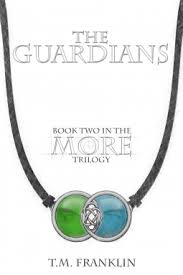 ME: How does its sequel, THE GUARDIANS, carry the plot forward?
ME: How does its sequel, THE GUARDIANS, carry the plot forward?
TAMI: In MORE, Ava Michaels finds out about The Race and begins to see how she fits into this secret world hiding in the shadows of our own world. In THE GUARDIANS, she discovers more about why she was hidden in the human world in the first place. She’s got a lot on her plate – the rebel Rogues are after her, the Race’s Ruling Council still wants her, the cops think she’s a killer, and her boyfriend, Caleb, has disappeared and is accused of betraying the Race. In order to survive and figure all of this out, Ava has to make some rather unlikely alliances.
(Sounds very well plotted and intriguing.)

ME: You’ve also written and published short stories—Window and A Piece of Cake. The former was an Amazon bestseller and the latter was included in the ROMANTIC INTERLUDES anthology.
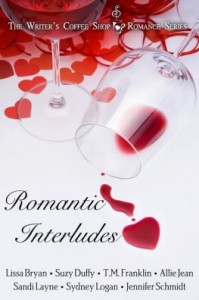
Which is harder for you: writing a novel or a short story, and why?
TAMI: Oh, I would say a novel is definitely more difficult – especially a series like the MORE Trilogy. There is just so much more to keep track of – story arcs that carry on from book to book, as well as subplots that are resolved within a single book, not to mention all of the characters!
With a short story, it’s all so quick. There’s really only time for one main plot, and a handful of characters, so it’s much easier to focus on that. The downside of a short story is making sure the characters are sufficiently fleshed out. You have chapters and chapters to get to know a character in a novel. You really have to make your words count in a short story.
(Amen!)
ME: Please describe your writing process and tell us what you’re working on next.
TAMI: My writing process has really become pretty organized. I start with a three–page synopsis of the entire book (something that’s required by my publisher when I submit.) From that, I flesh out a chapter-by-chapter outline, then divide the chapters into scenes. I use yWriter5, a free writing software download that allows me to input the chapters and scenes, and then I can move them around, add notes, keep bios on the characters, etc. That’s a huge help for me.
(My author friend, Marsha Ward, first tipped me off to yWriter5. As a Mac user, I’ve moved on to Scrivener, but yWriter5 does work really well.)
Right now, I’m working on TWELVE, the third book in the MORE Trilogy. I just received a release date for that and it will be out October 9, 2014. I’m also working on a YA romance about a quirky boy who sets out – in a rather unique way – to win the heart of the girl of his dreams. It’s called How to Get Ainsley Bishop to Fall in Love with You, and we’re still working on the release date for that one.
ME: Finally, please describe your office or writing space in the voice of Ava, your protagonist in MORE. (And I must have a picture to see how it matches up.)
TAMI (as Ava):
Tami doesn’t write in an office or at a desk. She has her computer set up on her kitchen island. Why? Well, if you ask, she’d probably say it’s so she can spread out her notes, or so she can have a view of the back yard. The REAL reason, I’m convinced, is that she’s two steps away from the coffee machine. She may not have any writing rituals, but she guzzles coffee like there’s no tomorrow. Around noon, she switches to either water or Diet Coke, so amidst the papers and pens, you’ll often find a cup, glass, and can or two. It’s a little cluttered, but she swears she knows where everything is.
 (Not too messy, I’d say)
(Not too messy, I’d say)
By the way, Tami’s MORE was a 2013 Finalist in the Kindle Book Review’s Best Indie Book Awards:
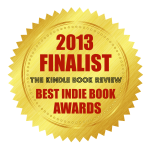
And here’s a peek at the book trailer:
If you’d like to learn more about Tami, check out her website, Facebook page, or Twitter page. You can also order any of her books on Amazon. In fact, if you’re interested, she’s offering a giveaway of both MORE and her latest in the series, THE GUARDIANS. The giveaway is good until December 2nd.
a Rafflecopter giveaway
Next week I’ll be back to interview best-selling author, Trina Boice, who specializes in nonfiction for LDS readers.
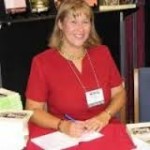
Originally posted 2013-11-13 06:00:04.

